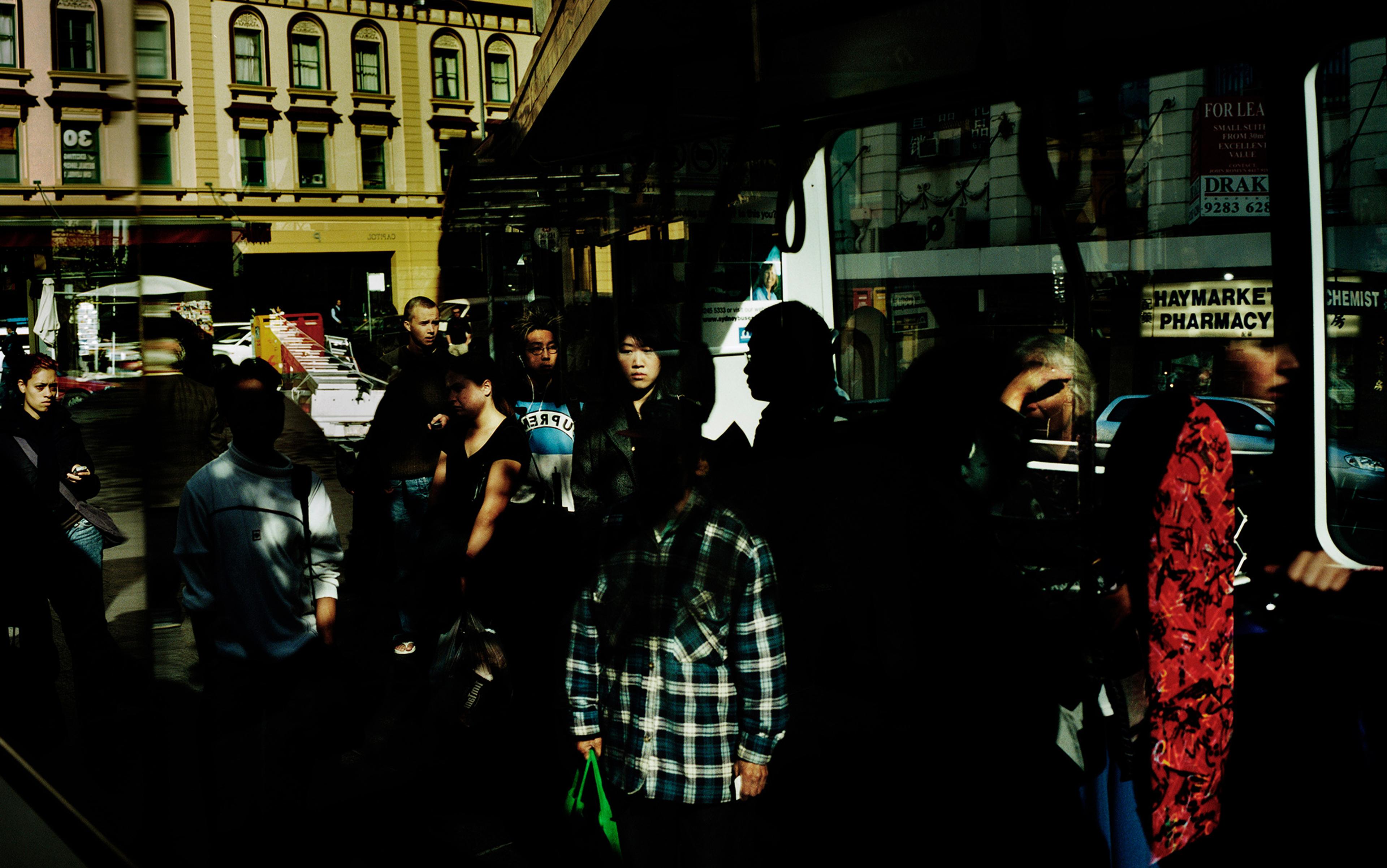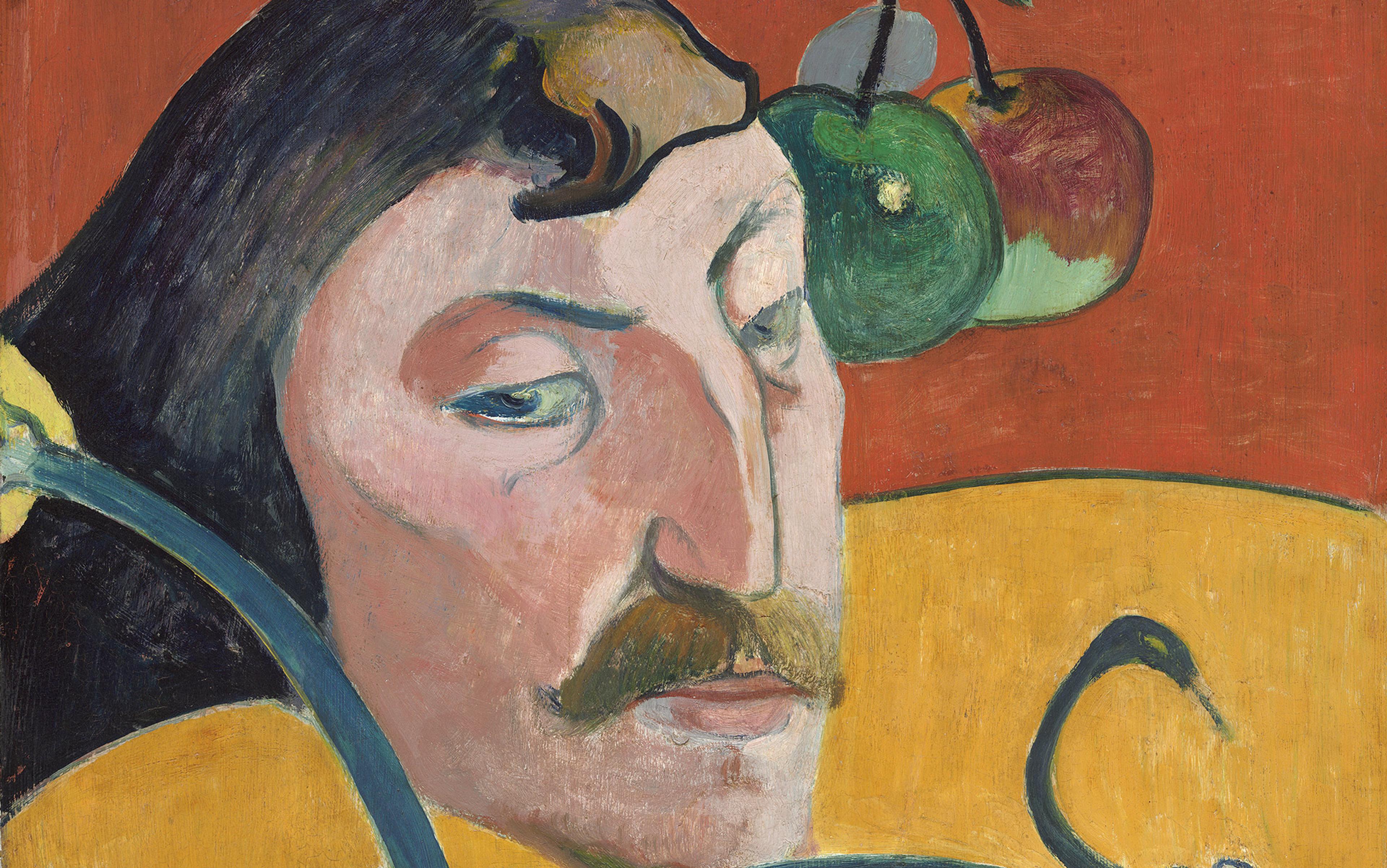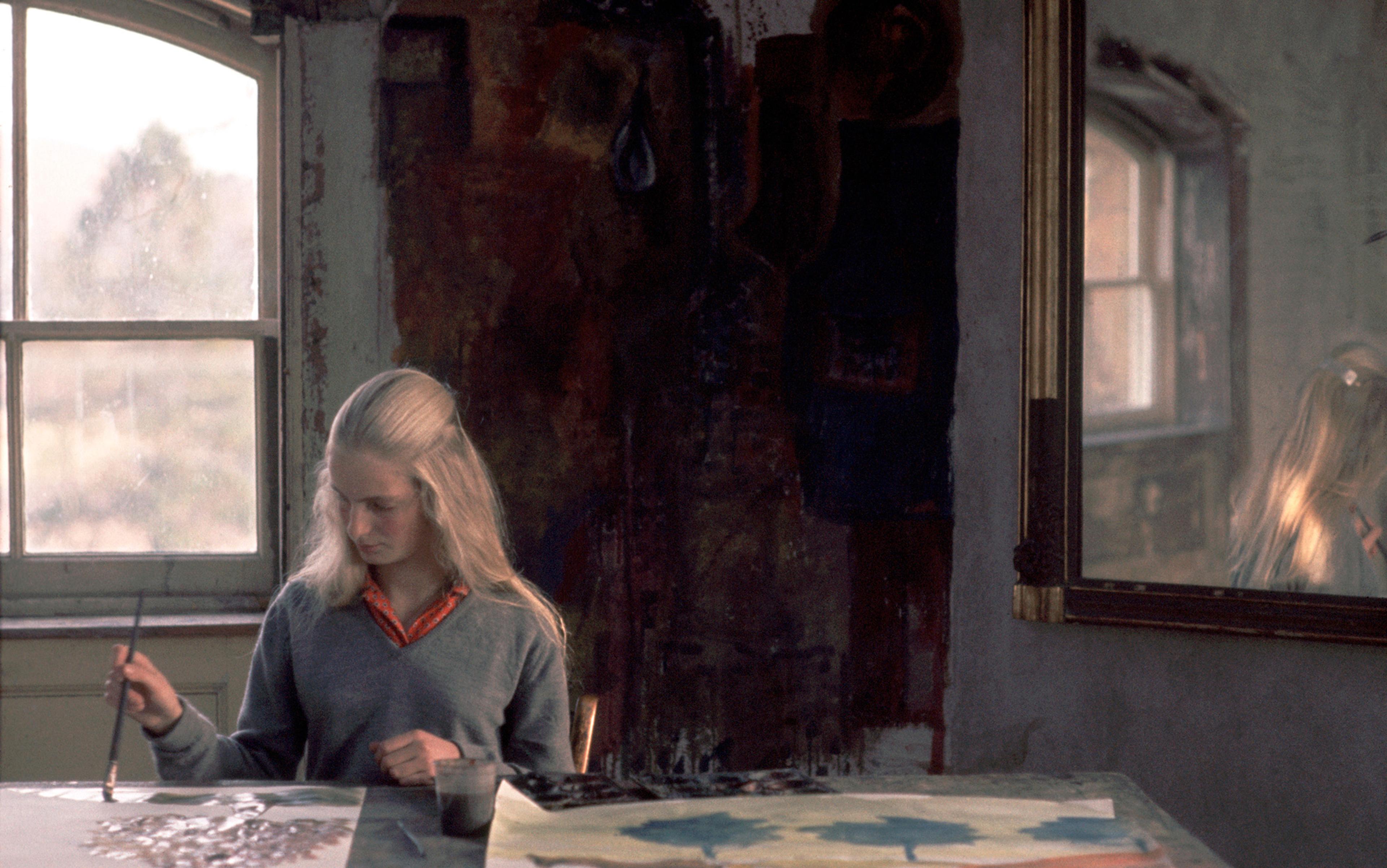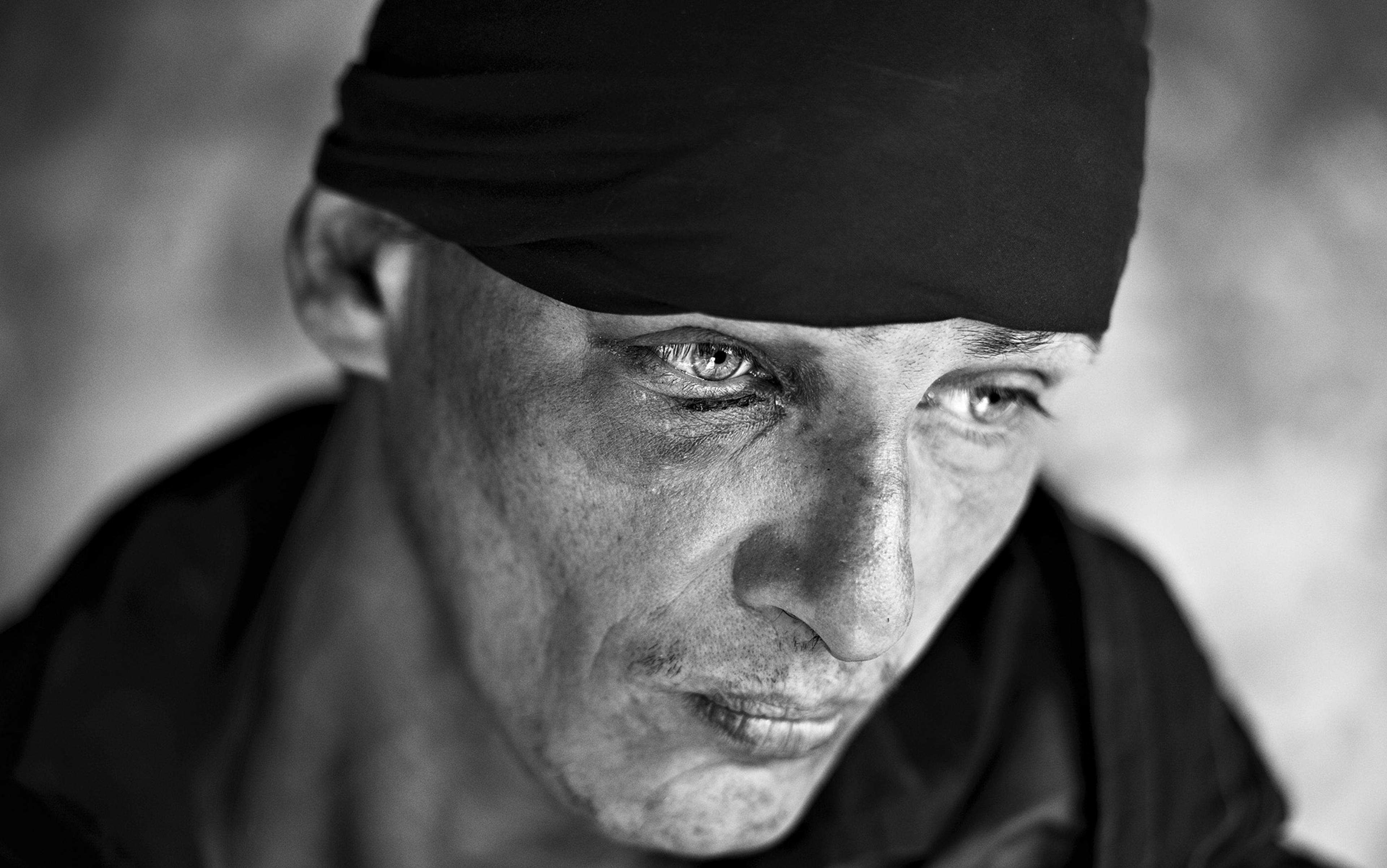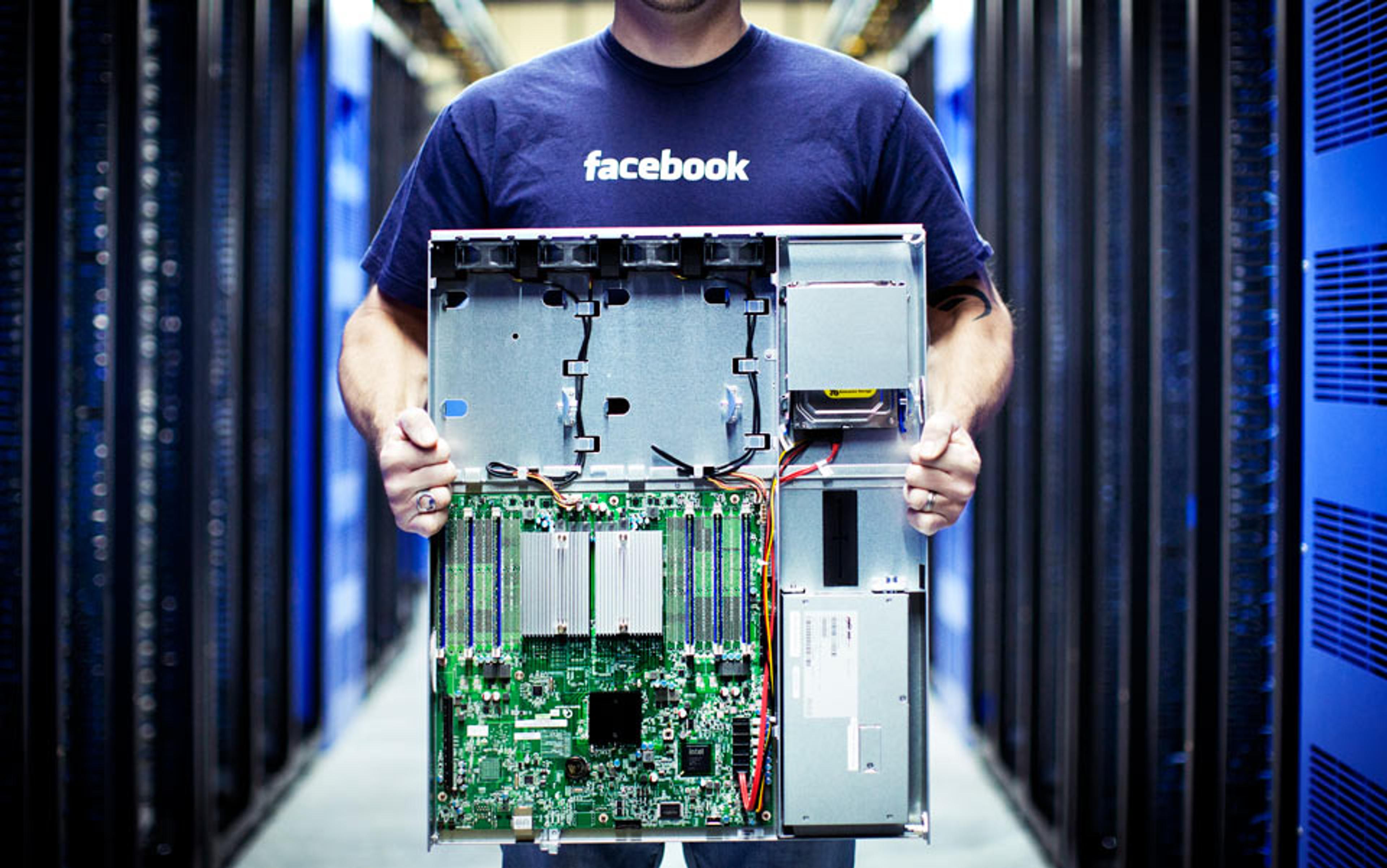Who am I? We all ask ourselves this question, and many like it. Is my identity determined by my DNA or am I product of how I’m raised? Can I change, and if so, how much? Is my identity just one thing, or can I have more than one? Since its beginning, philosophy has grappled with these questions, which are important to how we make choices and how we interact with the world around us. Socrates thought that self-understanding was essential to knowing how to live, and how to live well with oneself and with others. Self-determination depends on self-knowledge, on knowledge of others and of the world around you. Even forms of government are grounded in how we understand ourselves and human nature. So the question ‘Who am I?’ has far-reaching implications.
Many philosophers, at least in the West, have sought to identify the invariable or essential conditions of being a self. A widely taken approach is what’s known as a psychological continuity view of the self, where the self is a consciousness with self-awareness and personal memories. Sometimes these approaches frame the self as a combination of mind and body, as René Descartes did, or as primarily or solely consciousness. John Locke’s prince/pauper thought experiment, wherein a prince’s consciousness and all his memories are transferred into the body of a cobbler, is an illustration of the idea that personhood goes with consciousness. Philosophers have devised numerous subsequent thought experiments – involving personality transfers, split brains and teleporters – to explore the psychological approach. Contemporary philosophers in the ‘animalist’ camp are critical of the psychological approach, and argue that selves are essentially human biological organisms. (Aristotle might also be closer to this approach than to the purely psychological.) Both psychological and animalist approaches are ‘container’ frameworks, positing the body as a container of psychological functions or the bounded location of bodily functions.
All these approaches reflect philosophers’ concern to focus on what the distinguishing or definitional characteristic of a self is, the thing that will pick out a self and nothing else, and that will identify selves as selves, regardless of their particular differences. On the psychological view, a self is a personal consciousness. On the animalist view, a self is a human organism or animal. This has tended to lead to a somewhat one-dimensional and simplified view of what a self is, leaving out social, cultural and interpersonal traits that are also distinctive of selves and are often what people would regard as central to their self-identity. Just as selves have different personal memories and self-awareness, they can have different social and interpersonal relations, cultural backgrounds and personalities. The latter are variable in their specificity, but are just as important to being a self as biology, memory and self-awareness.
Recognising the influence of these factors, some philosophers have pushed against such reductive approaches and argued for a framework that recognises the complexity and multidimensionality of persons. The network self view emerges from this trend. It began in the later 20th century and has continued in the 21st, when philosophers started to move toward a broader understanding of selves. Some philosophers propose narrative and anthropological views of selves. Communitarian and feminist philosophers argue for relational views that recognise the social embeddedness, relatedness and intersectionality of selves. According to relational views, social relations and identities are fundamental to understanding who persons are.
Social identities are traits of selves in virtue of membership in communities (local, professional, ethnic, religious, political), or in virtue of social categories (such as race, gender, class, political affiliation) or interpersonal relations (such as being a spouse, sibling, parent, friend, neighbour). These views imply that it’s not only embodiment and not only memory or consciousness of social relations but the relations themselves that also matter to who the self is. What philosophers call ‘4E views’ of cognition – for embodied, embedded, enactive and extended cognition – are also a move in the direction of a more relational, less ‘container’, view of the self. Relational views signal a paradigm shift from a reductive approach to one that seeks to recognise the complexity of the self. The network self view further develops this line of thought and says that the self is relational through and through, consisting not only of social but also physical, genetic, psychological, emotional and biological relations that together form a network self. The self also changes over time, acquiring and losing traits in virtue of new social locations and relations, even as it continues as that one self.
How do you self-identify? You probably have many aspects to yourself and would resist being reduced to or stereotyped as any one of them. But you might still identify yourself in terms of your heritage, ethnicity, race, religion: identities that are often prominent in identity politics. You might identify yourself in terms of other social and personal relationships and characteristics – ‘I’m Mary’s sister.’ ‘I’m a music-lover.’ ‘I’m Emily’s thesis advisor.’ ‘I’m a Chicagoan.’ Or you might identify personality characteristics: ‘I’m an extrovert’; or commitments: ‘I care about the environment.’ ‘I’m honest.’ You might identify yourself comparatively: ‘I’m the tallest person in my family’; or in terms of one’s political beliefs or affiliations: ‘I’m an independent’; or temporally: ‘I’m the person who lived down the hall from you in college,’ or ‘I’m getting married next year.’ Some of these are more important than others, some are fleeting. The point is that who you are is more complex than any one of your identities. Thinking of the self as a network is a way to conceptualise this complexity and fluidity.
Let’s take a concrete example. Consider Lindsey: she is spouse, mother, novelist, English speaker, Irish Catholic, feminist, professor of philosophy, automobile driver, psychobiological organism, introverted, fearful of heights, left-handed, carrier of Huntington’s disease (HD), resident of New York City. This is not an exhaustive set, just a selection of traits or identities. Traits are related to one another to form a network of traits. Lindsey is an inclusive network, a plurality of traits related to one another. The overall character – the integrity – of a self is constituted by the unique interrelatedness of its particular relational traits, psychobiological, social, political, cultural, linguistic and physical.
Figure 1 below is based on an approach to modelling ecological networks; the nodes represent traits, and the lines are relations between traits (without specifying the kind of relation).

Figure 1
We notice right away the complex interrelatedness among Lindsey’s traits. We can also see that some traits seem to be clustered, that is, related more to some traits than to others. Just as a body is a highly complex, organised network of organismic and molecular systems, the self is a highly organised network. Traits of the self can organise into clusters or hubs, such as a body cluster, a family cluster, a social cluster. There might be other clusters, but keeping it to a few is sufficient to illustrate the idea. A second approximation, Figure 2 below, captures the clustering idea.

Figure 2
Figures 1 and 2 (both from my book, The Network Self) are simplifications of the bodily, personal and social relations that make up the self. Traits can be closely clustered, but they also cross over and intersect with traits in other hubs or clusters. For instance, a genetic trait – ‘Huntington’s disease carrier’ (HD in figures 1 and 2) – is related to biological, family and social traits. If the carrier status is known, there are also psychological and social relations to other carriers and to familial and medical communities. Clusters or sub-networks are not isolated, or self-enclosed hubs, and might regroup as the self develops.
Sometimes her experience might be fractured, as when others take one of her identities as defining all of her
Some traits might be more dominant than others. Being a spouse might be strongly relevant to who Lindsey is, whereas being an aunt weakly relevant. Some traits might be more salient in some contexts than others. In Lindsey’s neighbourhood, being a parent might be more salient than being a philosopher, whereas at the university being a philosopher is more prominent.
Lindsey can have a holistic experience of her multifaceted, interconnected network identity. Sometimes, though, her experience might be fractured, as when others take one of her identities as defining all of her. Suppose that, in an employment context, she isn’t promoted, earns a lower salary or isn’t considered for a job because of her gender. Discrimination is when an identity – race, gender, ethnicity – becomes the way in which someone is identified by others, and therefore might experience herself as reduced or objectified. It is the inappropriate, arbitrary or unfair salience of a trait in a context.
Lindsey might feel conflict or tension between her identities. She might not want to be reduced to or stereotyped by any one identity. She might feel the need to dissimulate, suppress or conceal some identity, as well as associated feelings and beliefs. She might feel that some of these are not essential to who she really is. But even if some are less important than others, and some are strongly relevant to who she is and identifies as, they’re all still interconnected ways in which Lindsey is.
Figures 1 and 2 above represent the network self, Lindsey, at a cross-section of time, say at early to mid-adulthood. What about the changeableness and fluidity of the self? What about other stages of Lindsey’s life? Lindsey-at-age-five is not a spouse or a mother, and future stages of Lindsey might include different traits and relations too: she might divorce or change careers or undergo a gender identity transformation. The network self is also a process.
It might seem strange at first to think of yourself as a process. You might think that processes are just a series of events, and your self feels more substantial than that. Maybe you think of yourself as an entity that’s distinct from relations, that change is something that happens to an unchangeable core that is you. You’d be in good company if you do. There’s a long history in philosophy going back to Aristotle arguing for a distinction between a substance and its properties, between substance and relations, and between entities and events.
However, the idea that the self is a network and a process is more plausible than you might think. Paradigmatic substances, such as the body, are systems of networks that are in constant process even when we don’t see that at a macro level: cells are replaced, hair and nails grow, food is digested, cellular and molecular processes are ongoing as long as the body is alive. Consciousness or the stream of awareness itself is in constant flux. Psychological dispositions or attitudes might be subject to variation in expression and occurrence. They’re not fixed and invariable, even when they’re somewhat settled aspects of a self. Social traits evolve. For example, Lindsey-as-daughter develops and changes. Lindsey-as-mother is not only related to her current traits, but also to her own past, in how she experienced being a daughter. Many past experiences and relations have shaped how she is now. New beliefs and attitudes might be acquired and old ones revised. There’s constancy, too, as traits don’t all change at the same pace and maybe some don’t change at all. But the temporal spread, so to speak, of the self means that how a self as a whole is at any time is a cumulative upshot of what it’s been and how it’s projecting itself forward.
Anchoring and transformation, sameness and change: the cumulative network is both-and, not either-or
Rather than an underlying, unchanging substance that acquires and loses properties, we’re making a paradigm shift to seeing the self as a process, as a cumulative network with a changeable integrity. A cumulative network has structure and organisation, as many natural processes do, whether we think of biological developments, physical processes or social processes. Think of this constancy and structure as stages of the self overlapping with, or mapping on to, one another. For Lindsey, being a sibling overlaps from Lindsey-at-six to the death of the sibling; being a spouse overlaps from Lindsey-at-30 to the end of the marriage. Moreover, even if her sibling dies, or her marriage crumbles, sibling and spouse would still be traits of Lindsey’s history – a history that belongs to her and shapes the structure of the cumulative network.
If the self is its history, does that mean it can’t really change much? What about someone who wants to be liberated from her past, or from her present circumstances? Someone who emigrates or flees family and friends to start a new life or undergoes a radical transformation doesn’t cease to have been who they were. Indeed, experiences of conversion or transformation are of that self, the one who is converting, transforming, emigrating. Similarly, imagine the experience of regret or renunciation. You did something that you now regret, that you would never do again, that you feel was an expression of yourself when you were very different from who you are now. Still, regret makes sense only if you’re the person who in the past acted in some way. When you regret, renounce and apologise, you acknowledge your changed self as continuous with and owning your own past as the author of the act. Anchoring and transformation, continuity and liberation, sameness and change: the cumulative network is both-and, not either-or.
Transformation can happen to a self or it can be chosen. It can be positive or negative. It can be liberating or diminishing. Take a chosen transformation. Lindsey undergoes a gender transformation, and becomes Paul. Paul doesn’t cease to have been Lindsey, the self who experienced a mismatch between assigned gender and his own sense of self-identification, even though Paul might prefer his history as Lindsey to be a nonpublic dimension of himself. The cumulative network now known as Paul still retains many traits – biological, genetic, familial, social, psychological – of its prior configuration as Lindsey, and is shaped by the history of having been Lindsey. Or consider the immigrant. She doesn’t cease to be the self whose history includes having been a resident and citizen of another country.
The network self is changeable but continuous as it maps on to a new phase of the self. Some traits become relevant in new ways. Some might cease to be relevant in the present while remaining part of the self’s history. There’s no prescribed path for the self. The self is a cumulative network because its history persists, even if there are many aspects of its history that a self disavows going forward or even if the way in which its history is relevant changes. Recognising that the self is a cumulative network allows us to account for why radical transformation is of a self and not, literally, a different self.
Now imagine a transformation that’s not chosen but that happens to someone: for example, to a parent with Alzheimer’s disease. They are still parent, citizen, spouse, former professor. They are still their history; they are still that person undergoing debilitating change. The same is true of the person who experiences dramatic physical change, someone such as the actor Christopher Reeve who had quadriplegia after an accident, or the physicist Stephen Hawking whose capacities were severely compromised by ALS (motor neuron disease). Each was still parent, citizen, spouse, actor/scientist and former athlete. The parent with dementia experiences loss of memory, and of psychological and cognitive capacities, a diminishment in a subset of her network. The person with quadriplegia or ALS experiences loss of motor capacities, a bodily diminishment. Each undoubtedly leads to alteration in social traits and depends on extensive support from others to sustain themselves as selves.
Sometimes people say that the person with dementia who doesn’t know themselves or others anymore isn’t really the same person that they were, or maybe isn’t even a person at all. This reflects an appeal to the psychological view – that persons are essentially consciousness. But seeing the self as a network takes a different view. The integrity of the self is broader than personal memory and consciousness. A diminished self might still have many of its traits, however that self’s history might be constituted in particular.
Plato, long before Freud, recognised that self-knowledge is a hard-won and provisional achievement
The poignant account ‘Still Gloria’ (2017) by the Canadian bioethicist Françoise Baylis of her mother’s Alzheimer’s reflects this perspective. When visiting her mother, Baylis helps to sustain the integrity of Gloria’s self even when Gloria can no longer do that for herself. But she’s still herself. Does that mean that self-knowledge isn’t important? Of course not. Gloria’s diminished capacities are a contraction of her self, and might be a version of what happens in some degree for an ageing self who experiences a weakening of capacities. And there’s a lesson here for any self: none of us is completely transparent to ourselves. This isn’t a new idea; even Plato, long before Freud, recognised that there were unconscious desires, and that self-knowledge is a hard-won and provisional achievement. The process of self-questioning and self-discovery is ongoing through life because we don’t have fixed and immutable identities: our identity is multiple, complex and fluid.
This means that others don’t know us perfectly either. When people try to fix someone’s identity as one particular characteristic, it can lead to misunderstanding, stereotyping, discrimination. Our currently polarised rhetoric seems to do just that – to lock people into narrow categories: ‘white’, ‘Black’, ‘Christian’, ‘Muslim’, ‘conservative’, ‘progressive’. But selves are much more complex and rich. Seeing ourselves as a network is a fertile way to understand our complexity. Perhaps it could even help break the rigid and reductive stereotyping that dominates current cultural and political discourse, and cultivate more productive communication. We might not understand ourselves or others perfectly, but we often have overlapping identities and perspectives. Rather than seeing our multiple identities as separating us from one another, we should see them as bases for communication and understanding, even if partial. Lindsey is a white woman philosopher. Her identity as a philosopher is shared with other philosophers (men, women, white, not white). At the same time, she might share an identity as a woman philosopher with other women philosophers whose experiences as philosophers have been shaped by being women. Sometimes communication is more difficult than others, as when some identities are ideologically rejected, or seem so different that communication can’t get off the ground. But the multiple identities of the network self provide a basis for the possibility of common ground.
How else might the network self contribute to practical, living concerns? One of the most important contributors to our sense of wellbeing is the sense of being in control of our own lives, of being self-directing. You might worry that the multiplicity of the network self means that it’s determined by other factors and can’t be self-determining. The thought might be that freedom and self-determination start with a clean slate, with a self that has no characteristics, social relations, preferences or capabilities that would predetermine it. But such a self would lack resources for giving itself direction. Such a being would be buffeted by external forces rather than realising its own potentialities and making its own choices. That would be randomness, not self-determination. In contrast, rather than limiting the self, the network view sees the multiple identities as resources for a self that’s actively setting its own direction and making choices for itself. Lindsey might prioritise career over parenthood for a period of time, she might commit to finishing her novel, setting philosophical work aside. Nothing prevents a network self from freely choosing a direction or forging new ones. Self-determination expresses the self. It’s rooted in self-understanding.
The network self view envisions an enriched self and multiple possibilities for self-determination, rather than prescribing a particular way that selves ought to be. That doesn’t mean that a self doesn’t have responsibilities to and for others. Some responsibilities might be inherited, though many are chosen. That’s part of the fabric of living with others. Selves are not only ‘networked’, that is, in social networks, but are themselves networks. By embracing the complexity and fluidity of selves, we come to a better understanding of who we are and how to live well with ourselves and with one another.
To read more about the self, visit Psyche, a digital magazine from Aeon that illuminates the human condition through psychology, philosophical understanding and the arts.
